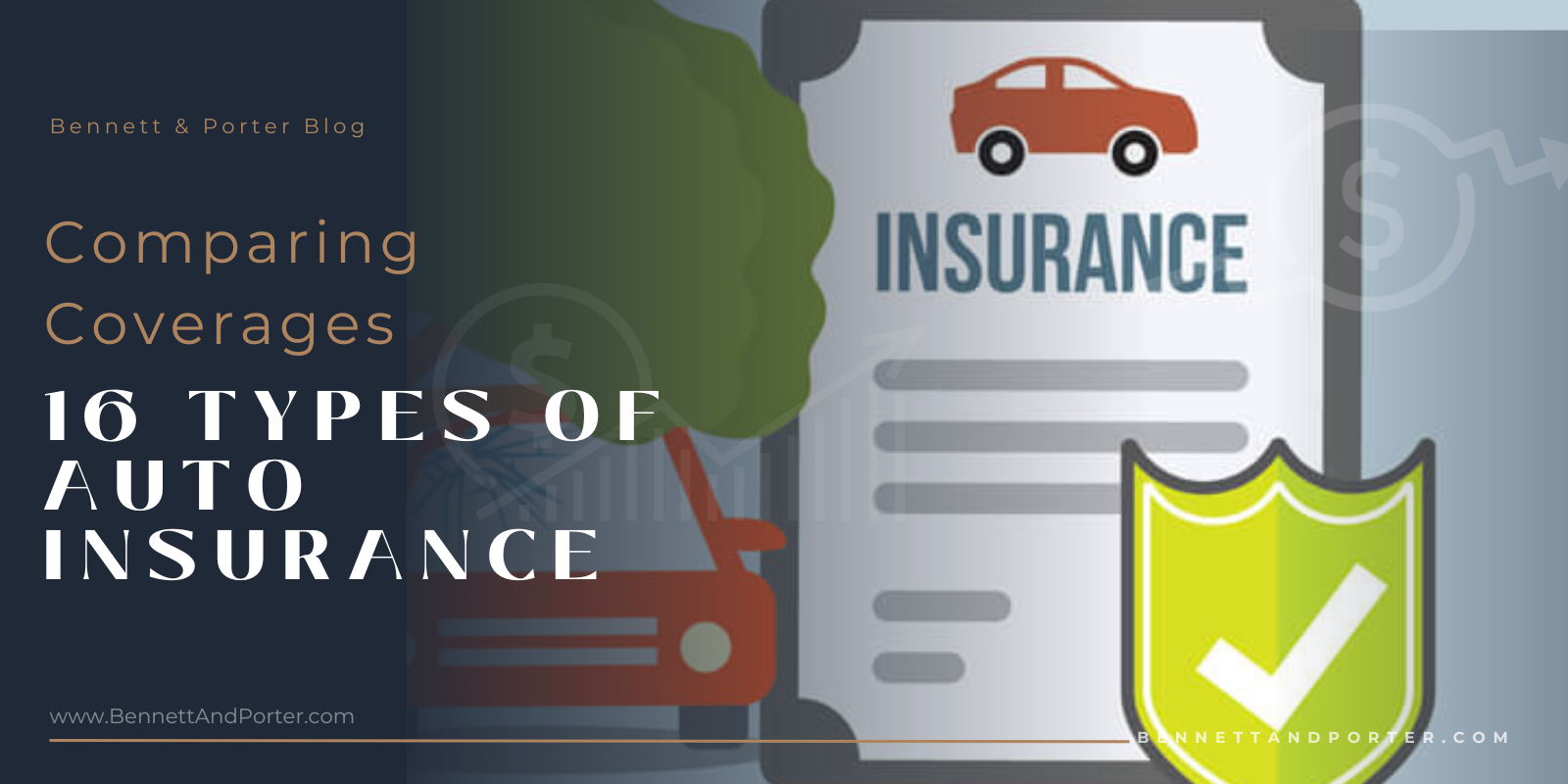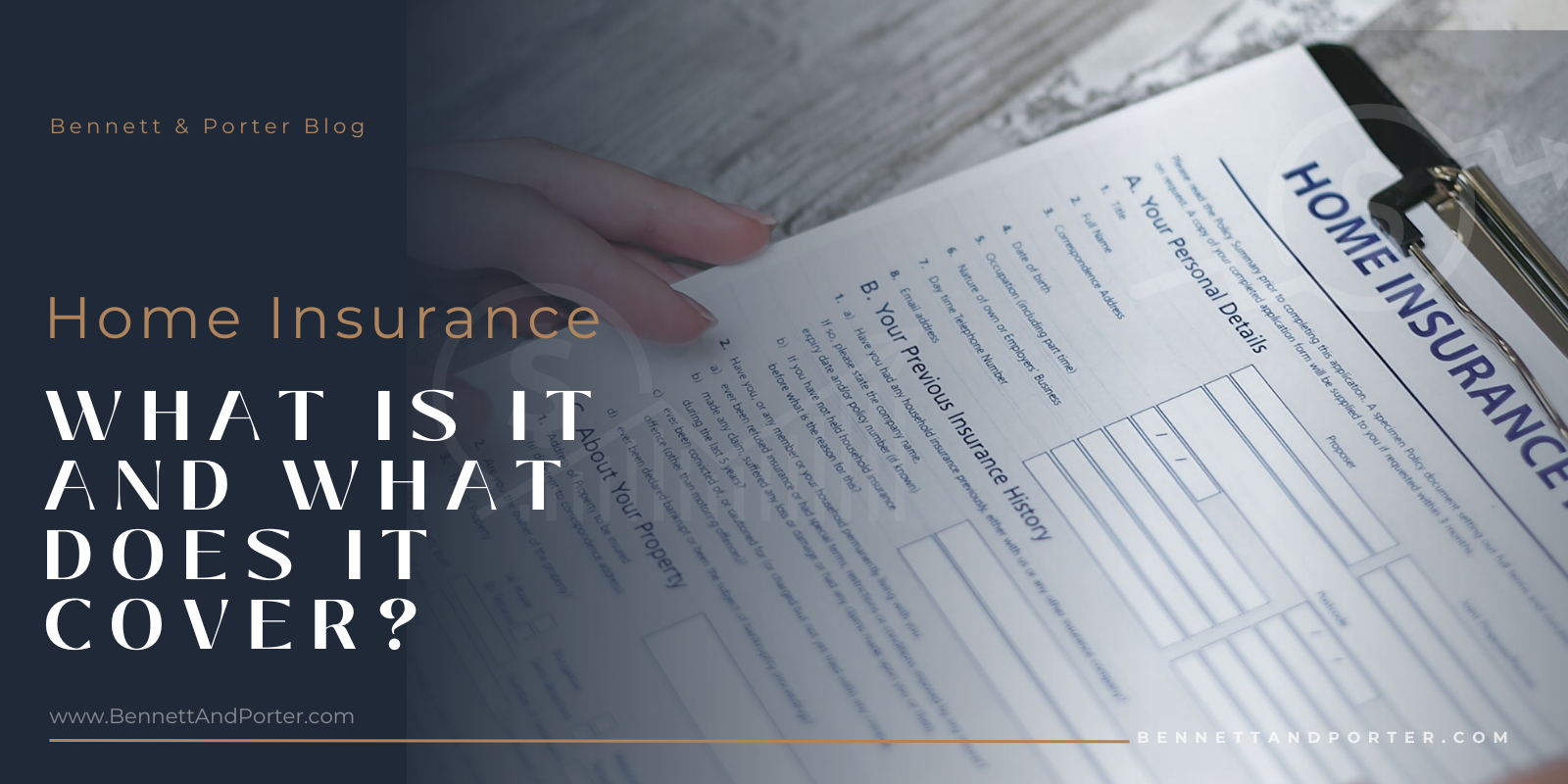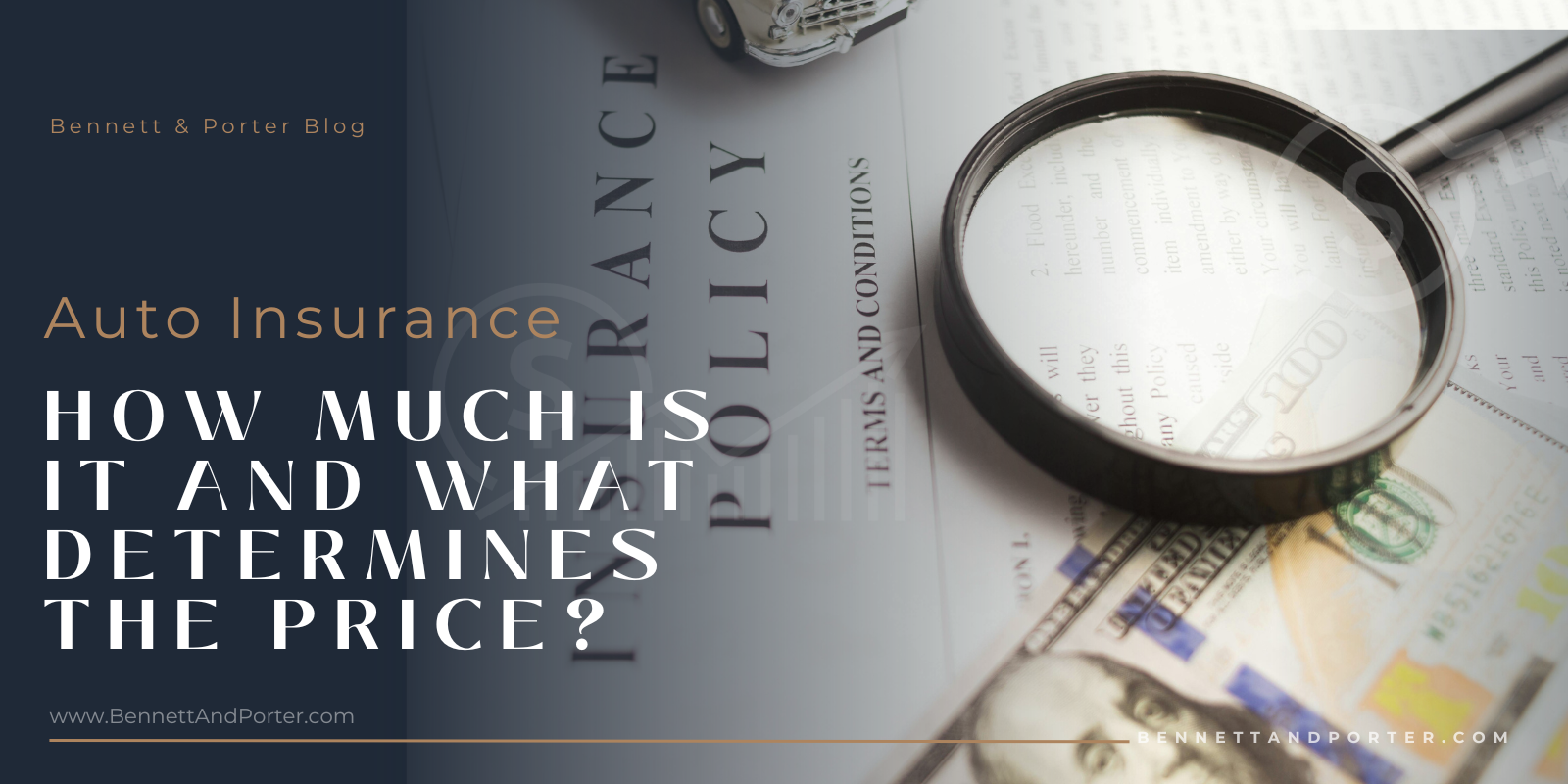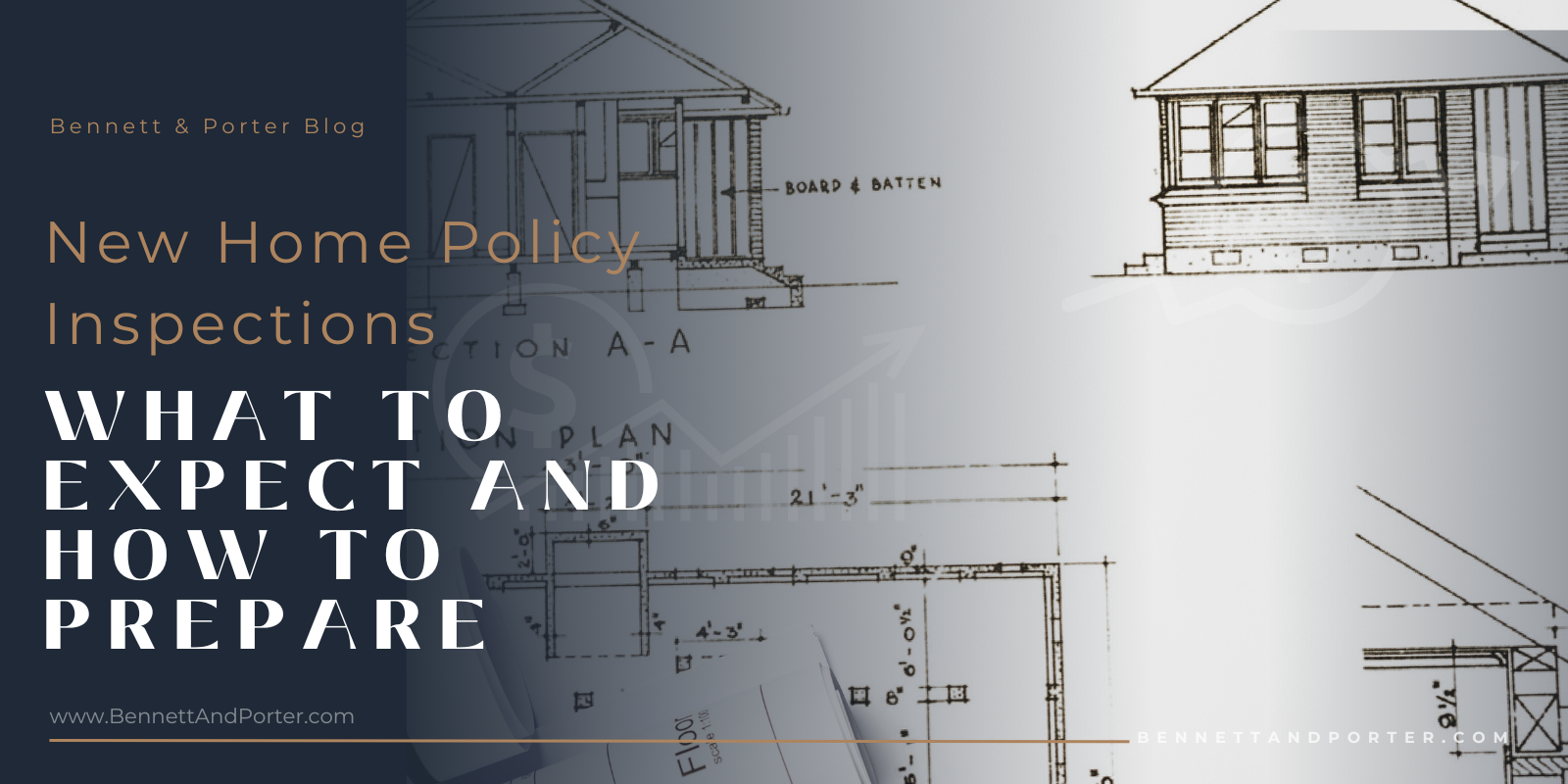If you’ve started the process of buying a new car, you’ve probably realized that there are so many different types of auto insurance out there. Figuring out the right type of coverage for your car is a daunting task, but not to worry, we’re here to help.
We’re breaking down the most (and least) common types of auto insurance and how they protect you and your vehicle. Here’s what to know.
Types of Auto Insurance
Here are the most common types of auto insurance you’re going to come across in your pursuit of coverage.
#1 Liability Coverage
Mandatory in most states, liability coverage is an insurance product that provides protection against claims resulting from damage or injuries to property or other people. This policy can cover payouts and legal costs that the insured party is responsible for (if they are found legally liable).
Liability insurance is crucial for those who are liable or at fault for causing injuries to other people or damage to someone’s property. Provisions that aren’t covered include contractual liabilities, criminal prosecution, and intentional damage.
#2 Personal Injury Protection
Personal injury protection (PIP), a type of no-fault auto insurance, covers lost wages, medical expenses, and other costs if you or your passengers get injured in an accident. PIP coverage kicks in regardless of who’s at fault for the accident.
This type of coverage is required in some states as part of the no-fault insurance laws. These laws restrict a person’s ability to sue in car crash injuries.
#3 Uninsured and Underinsured Motorist Coverage (UM/UIM)
Also known as UM/UIM coverage, uninsured and underinsured motorist coverage, isn’t mandated in all states. It protects you in case your vehicle gets damaged or you get injured in an accident with a driver who has no insurance or is underinsured. According to the Insurance Information Institute, nearly 13% of all drivers nationwide don’t have auto insurance.
If you get into an accident with an uninsured or underinsured driver, UM/UIM coverage will pay for:
- Medical bills for you and your passengers
- Damage to your vehicle
#4 Comprehensive Coverage
Comprehensive insurance is a type of auto insurance that covers damages to your car from causes other than collision. Comprehensive insurance covers damages related to:
- Fire
- Riots and vandalism
- Contact with animals
- Natural disasters (earthquakes, hurricanes, floods)
- Vehicle theft or theft of certain vehicle parts
- Broken windshields
- Fallen objects
Liability, collision, and comprehensive insurance are the three main components of an auto insurance policy. However, most states only require you to have liability insurance, while collision and comprehensive are typically optional. That said, if you’re financing your car, you will need to get comprehensive coverage.
#5 Collision Coverage
Collision insurance is coverage that pays the cost of repairing or replacing your vehicle if it gets damaged or totaled in a collision. That includes a collision with another vehicle or object and it covers you regardless of who’s at fault.
Collision coverage can be a good choice if you’re driving a newer, more expensive model or if your old one has maintained good value. Also, if your car is leased or financed, you will most likely need to have this type of coverage.
#6 Medical Payments Coverage
Another part of an auto insurance policy is medical payment coverage, also known as Med Pay. It helps pay for your or your passengers’ medical expenses if you (or they) get injured in an accident, regardless of who’s at fault. Med Pay is usually optional, but it’s not available in all states.
What’s more, Med Pay can cover some of the following expenses:
- Health insurance deductibles and copays
- Surgery, X-rays, or prostheses
- Hospital or doctor visits
- Emergency medical technician or ambulance fees
- Professional nursing services
- Funeral or burial expenses
Additional Types of Auto Insurance
The types of auto insurance listed above are something most providers will introduce you to and offer when looking for car insurance. However, the following is not as frequent but can still be incredibly valuable depending on how, where, and why you’re using your vehicle.
#7 Rental Reimbursement Coverage/Transportation Expense Coverage
With rental reimbursement, you can pay for a rental car or other mode of transport, if you need it due to a covered loss. You can typically choose where to rent the vehicle, but some insurers do partner with specific car rental companies.
If your insurer does have a rental partner, they might bill the insurance company directly, allowing you to avoid paying out of pocket. Keep in mind that rental reimbursement coverage typically has a daily limit, as well as a maximum number of days it can be used.
However, the daily limit is exactly what proves the need to work with an experienced insurance broker and someone who has hands-on expertise in this area. When using an established broker, like Bennet + Porter, they can ensure your policy provides coverage for the entire duration of your car’s repairs instead of only having a certain amount of days.
#8 Gap Coverage
Another optional type of coverage is gap insurance which helps pay off your car loan if the car gets totaled or is stolen and you owe more than the depreciated value. Also known as loan/lease gap coverage, it’s only available if you’re the original leaseholder or leaseholder on a new vehicle.
Keep in mind that, if you’re leasing or financing your car, you will likely need to have both collision and comprehensive coverage until the car is paid off. Gap coverage is meant to be used in conjunction with the two and would apply if you owe more than the car is worth if and when it gets totaled or stolen.
#9 Roadside Assistance Insurance
Roadside assistance can help arrange a tow, jumpstart a dead battery, or change a flat tire if your vehicle ever breaks down. What’s more, this type of coverage can pay for some or all of the costs of emergency roadside service.
Most insurance companies offer roadside assistance as a coverage that you can add onto your policy. Also, you can get it through your credit card company, auto club, or even the car manufacturer.
This type of coverage will help connect you to the right professional when you’re stranded on the side of the road. Without the plan, roadside service can be pretty pricey, especially if you break down far from a mechanic or gas station.
#10 New Car Replacement Coverage
If you got into an accident shortly after purchasing your car, you’d be in hot water for a variety of reasons. For starters, your car’s depreciation in value would be a big problem – unless you had new car replacement coverage.
New car replacement insurance will give you money for a new car of the same make and model and not for its depreciated value in case your car got totaled. Keep in mind that cars can lose more than 10% of their value during the first few months of ownership and more than 20% in the first year.

#11 Rideshare Coverage
If you drive for a ridesharing service like Uber or Lyft, rideshare coverage can make all of the difference. Even though most rideshare companies are mandated by state law to provide coverage to their drivers, it’s usually not very extensive.
Rideshare insurance can help fill the gap between your personal coverage and the insurance provided by the rideshare company. It extends specific coverages on the personal policies of rideshare drivers so they can be covered during their “on-app” period.
#12 Classic Car Insurance
Classic car coverage protects your collectible vehicle through comprehensive, collision, liability, and other specialized types of auto insurance. As antique cars not only maintain but increase in value, this type of insurance covers you up to an agreed-upon value.
A vehicle is typically considered a classic when it’s at least 10 years old and has historical value, but insurers often have their own set of rules for accepting vehicles into the program. The coverage works similarly to a regular auto policy, protecting from property damage and bodily injury.
#13 Mechanical Breakdown Coverage (MBI)
Mechanical breakdown coverage or MBI is another optional type of auto insurance, designed to cover trips to the mechanic that weren’t caused by an accident. For example, a puncture in your air conditioner hose or a broken down engine would be covered by the MBI.
What’s more, it covers any major failures that happen in a car, which are often excluded from basic auto insurance. These can include faulty brakes, electrical systems, or transmission issues.
#14 Custom Parts and Equipment Coverage (CPE)
CPE or custom parts and equipment coverage is another type of auto insurance that fills a gap in your other policies. It covers permanently installed custom parts, equipment, devices, and accessories. Also, it covers any enhancements or changes made to the vehicle that weren’t installed by the original manufacturer.
The type of equipment and parts covered can include:
- Dealer-installed equipment
- Customized wheels
- Special tires
- Spoilers or suspension
- Stereo and sound recording equipment
- Anti-theft devices
- Aftermarket or leather seats not installed by the manufacturer and more
#15 Business or Commercial Auto Insurance
The main difference between personal and business auto insurance is in the owner of the vehicle. If it’s owned by a business and not a person, it has to be covered by commercial auto insurance.
Both personal and commercial policies cover legal expenses, bodily injury, and property damage. However, the difference is that business insurance usually covers higher claims, different types of vehicles, and more complex legal issues.
#16 Accident Forgiveness Coverage
Closing down our list of types of auto insurance to know, we have accident forgiveness coverage. It’s additional coverage that you may qualify for where the price of your premium won’t go up due to your first accident.
You might be eligible for this type of coverage if you have a record of accident-free driving for at least five years.
Final Thoughts
There you have it, all of the types of auto insurance to consider and qualify for. Depending on your needs, driving records, and more, it might be a good idea to bundle a few policies together to ensure you’re protected on and off the road.
Our insurance professionals have worked with thousands of individuals, providing unmatched expertise and service. With access to dozens of industry-leading carriers, we can find the best rates for our clients.
Call Bennett + Porter and request a complimentary quote from one of our consultants today!








